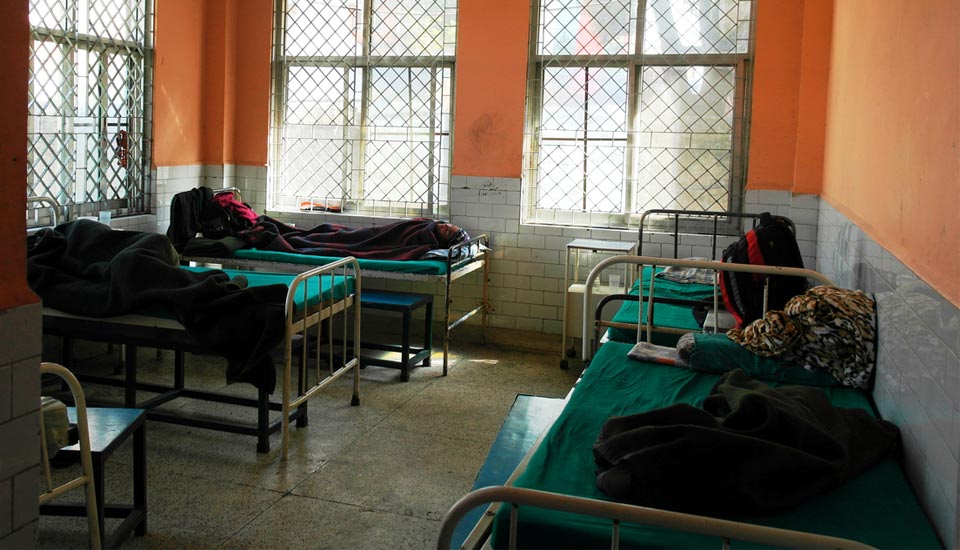
Number of urban poor rising, but their health crumbling: Study

The number of urban poor is only expected to increase, thanks to rapid urbanisation, and a well-functioning and well-coordinated healthcare system is crucial to deal with it, a recent study by Azim Premji University has observed.
The study explores health vulnerabilities among the urban poor and availability, accessibility and cost of healthcare facilities in urban India. Titled ‘Health Care Equity in Urban India’, it was released on Friday.
One of the key findings of the report was that life expectancy among the poorest sections of society in urban areas when compared to the richest economic groups is lower by 9.1 years and 6.2 years for men and women, respectively.
“Availability of urban public health services via urban Primary Health Centres falls far short of the government’s own norms by about 40 per cent across the country. In addition, the available facilities are poorly distributed, and often located far away from slums and other areas that house the most vulnerable,” the study stated.
The study noted that overlapping administrative jurisdictions such as that of municipal corporations (urban local bodies) and state health services and lack of coordination between them results in chaos in urban healthcare.
“Complexities in defining urban boundaries in the urbanisation process and the multiplicity of health care providers both within and outside the government without coordination are challenges to urban health governance. Governments and decision-makers must recognise the severe asymmetry in health across income groups,” the report said.
Also read: India reports 10K COVID-19 cases in a day, active cases down to 1.24 lakh
It looked at health systems in Bengaluru, Raipur, Thiruvananthapuram and Davanagere where a major governance challenge is overlapping jurisdictions of state health services and urban local bodies causing chaos.
The report said that in Bengaluru, there is a three-tier urban health system comprising health posts, family welfare centres, maternity homes, tertiary and super-specialty hospitals. But these institutions are under diverse administrative jurisdictions. According to the study, six community health centres in the city are inadequate for an expanding city with 198 wards.
“In KG Halli, a slum in Bengaluru, delivery cases are routinely referred to established secondary/tertiary hospitals such as Vani Vilas Hospital or Bowring and Lady Curzon Hospital. Such multiplicity of agencies and lack of coordination between them hampers the quality of services,” the report said.
Also read: Maharashtra to enlist Salman Khan to overcome vaccine hesitancy in Muslim localities
It recommended that urban local bodies allocate more resources towards healthcare. “For instance, the recent BBMP budget of Rs 9,286.8 crore allocates a mere Rs 336.6 crore for public health, that is, 3.6 per cent. Given the critical role played by the public health system in the pandemic response, this provides food for thought. Surely a larger share is warranted and could have been justified,” the study observed.
Arima Mishra, Professor, Azim Premji University, was quoted as saying that “this report is an important contribution that enhances our understanding of the health vulnerabilities of the urban poor, unpacks the health system governance challenges in different cities and towns and provides a road map for how to reimagine our urban health systems. The report demonstrates why it is important to prioritise urban health and act now”.


